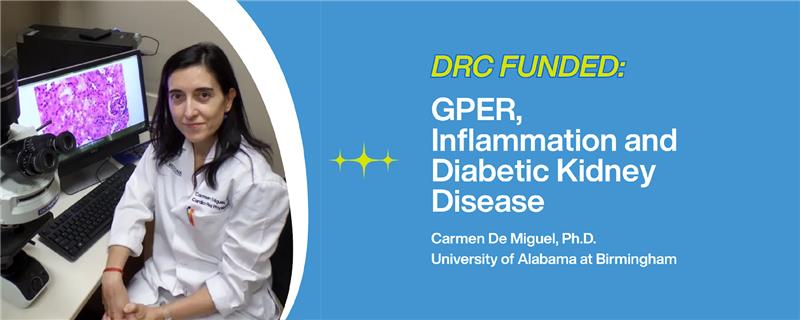During pregnancy, women are tested for gestational diabetes mellitus (GDM) to manage their overall health. Gestational diabetes complications can put both women and their babies at risk if not properly managed. While this type of diabetes typically resolves after childbirth, one study found that the condition may help identify women at risk for diabetes – either type 1 or type 2 – in the future.
A study involving 435 Finnish women who had GDM were compared to a control group of healthy women who were pair-matched for age, parity, delivery date, and no previous history of diabetes. The data was collected over ten years between 1984 and 1994. Researchers found that women who developed GDM were at increased risk of developing type 1 or type 2 diabetes if their GDM required insulin treatment, and they had at least one autoantibody. The more autoantibodies they had, whether islet cell autoantibodies (ICAs), GAD antibodies (GADA), insulin autoantibodies (IAAs), or the protein tyrosine phosphatase-related protein 2 molecule (IA-2As), the more at risk for diabetes.
Out of the 435 women diagnosed with GDM, 20 developed type 1 diabetes (T1D), and 23 developed type 2 diabetes (T2D), while none of the women in the control group developed either type of diabetes. In addition, the women who developed type 1 diabetes were younger than those who developed type 2 diabetes at the time of initial blood sampling and had a shorter diabetes-free period. A follow-up survey to determine whether type 1 or type 2 diabetes occurred was completed an average of about 6 years after they had GDM.
In total, 155 women with GDM required insulin therapy to treat their condition, and that included 18 of the 20 women who later developed T1D and 18 of the 23 women who developed T2D. Interestingly, almost equal percentages of women treated with insulin and those who were not, 16.7% and 16.9% respectively, had reactivity to at least one autoantibody. Overall, the positive predictive value of autoantibodies was higher in women with GDM than in the control group, with a greater number of autoantibodies occurring in those who went on to be diagnosed with T1D or T2D.
This study shows how GDM may indicate an increased risk of impaired glucose tolerance or destruction of insulin-producing beta cells, leading to T2D and T1D. According to the researchers, “The risk of developing type 1 diabetes after GDM is increased if the woman is ≤30 years of age during pregnancy, needs insulin therapy for GDM, and tests positive for ICAs and/or GADAs.” Some discrepancy in results could be due to other gestational diabetes complications that were not included in the study. In general, if a woman fits within these criteria, it may be beneficial to continue closely monitoring her health after pregnancy to detect diabetes early on.
It is these types of studies that help improve understanding of diabetes risk and early detection. The Diabetes Research Connection (DRC), though not involved in this study, supports type 1 diabetes research by providing critical funding to early-career scientists. One hundred percent of funds go directly to scientists for their projects. Learn more about current projects and how to help by visiting http://localhost/drc.
Please DONATE NOW so DRC can keep bringing you credible, peer-reviewed T1D news and research.
Thank you




